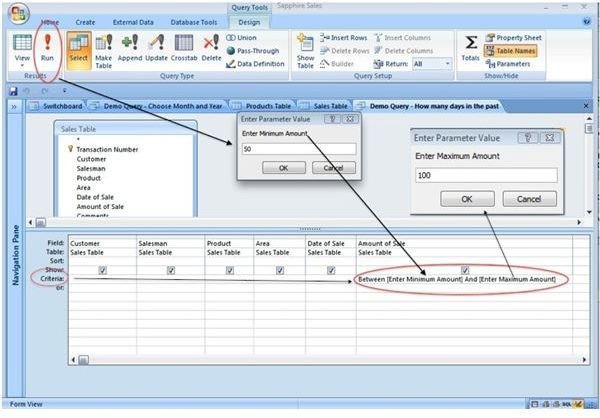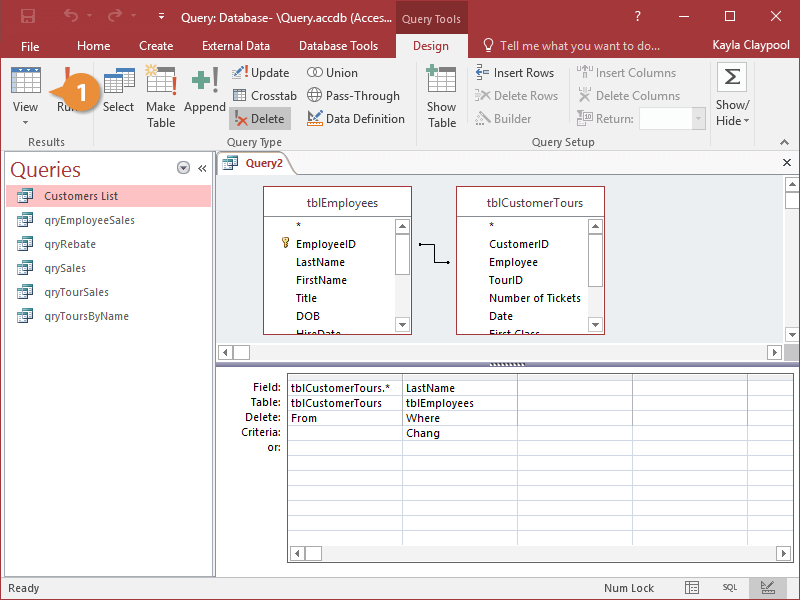
Postgres=#WITH RECURSIVE emp_testnew AS ( The recursive query below will give all the reports in a certain order: INSERT INTO emp_test VALUES (10, 'klm', 4) INSERT INTO emp_test VALUES (9, 'iop', 3) INSERT INTO emp_test VALUES (5, 'qrs', 2) INSERT INTO emp_test VALUES (4, 'cde', 1) INSERT INTO emp_test VALUES (3, 'def', 2) INSERT INTO emp_test VALUES (2, 'xyz', 1) INSERT INTO emp_test VALUES (1, 'abc', null) Where the recursive term includes a reference to the query's output. The structure of a WITH RECURSIVE query is always: a) Non-recursive termī) UNION (or UNION ALL), then a recursive term Recursive queries are used to deal with hierarchical queries or tree-structured data. Postgres=# SELECT * FROM connectby('dummy_table', 'emp_no', 'manager_no', '10', 0, '->') AS t(emp_no int, manager_no int, level int, ord text) order by emp_no Then, use tablefunc’s connectby function to display results hierarchically: The tablefunc extension is a contrib module that resides in the contrib/ folder in PostgreSQL sources. Postgres=#WITH RECURSIVE cte AS ( SELECT emp_no, ename, manager_no, 1 AS level FROM test_table where manager_no is null UNION ALL SELECT e.emp_no, e.ename, e.manager_no, c.level + 1 FROM cte c JOIN test_table e ON e.manager_no = c.emp_no ) SELECT * FROM cte
PSEQUEL CANCEL A QUERY UPDATE
Postgres=# update dummy_table set age=30 where name='XYZ' returning age as age_no Postgres=# update dummy_table set age=54,address='location-X' Ī RETURNING clause returns the updated rows. If we want to modify all the values in the address and age columns in dummy_table, then we do not need to use the WHERE clause. Postgres=# update dummy_table set name='GHI',age=54 where address='location-D' Next, we’ll use the UPDATE command to change the name and age of a person whose address is ‘location-D’: Postgres=# update dummy_table set age=50 where name='PQR' In the example below we use UPDATE to change the age of a person whose name is ‘PQR’: UPDATE is used to make updates to the data or row(s) of a database table. If we check the PostgreSQL documentation of the INSERT statement, its conformity to the SQL standard is discussed in the page’s Compatibility section:

Postgres=# insert into tyu values(1),(2) returning * īut to be compliant with the ANSI standard, all databases support commands (like DELETE, UPDATE, SELECT, INSERT) in the same way-that is, the syntax should work anywhere.

For example, in PostgreSQL we can perform an INSERT operation using RETURNING clauses, which not all other databases can bin]$. SQL follows ANSI/ISO standards, but there are different versions of the SQL language used by different database systems. More information about the ANSI standard can be found on the SQL Wikipedia page. For each RDBMS to be compliant with the ANSI standard, they all have to support the major commands, like DML, in a similar manner as closely as possible. The American National Standards Institute (ANSI) created a standard for SQL in 1986, and it was adopted by the International Organization for Standardization (ISO) in 1987.


 0 kommentar(er)
0 kommentar(er)
